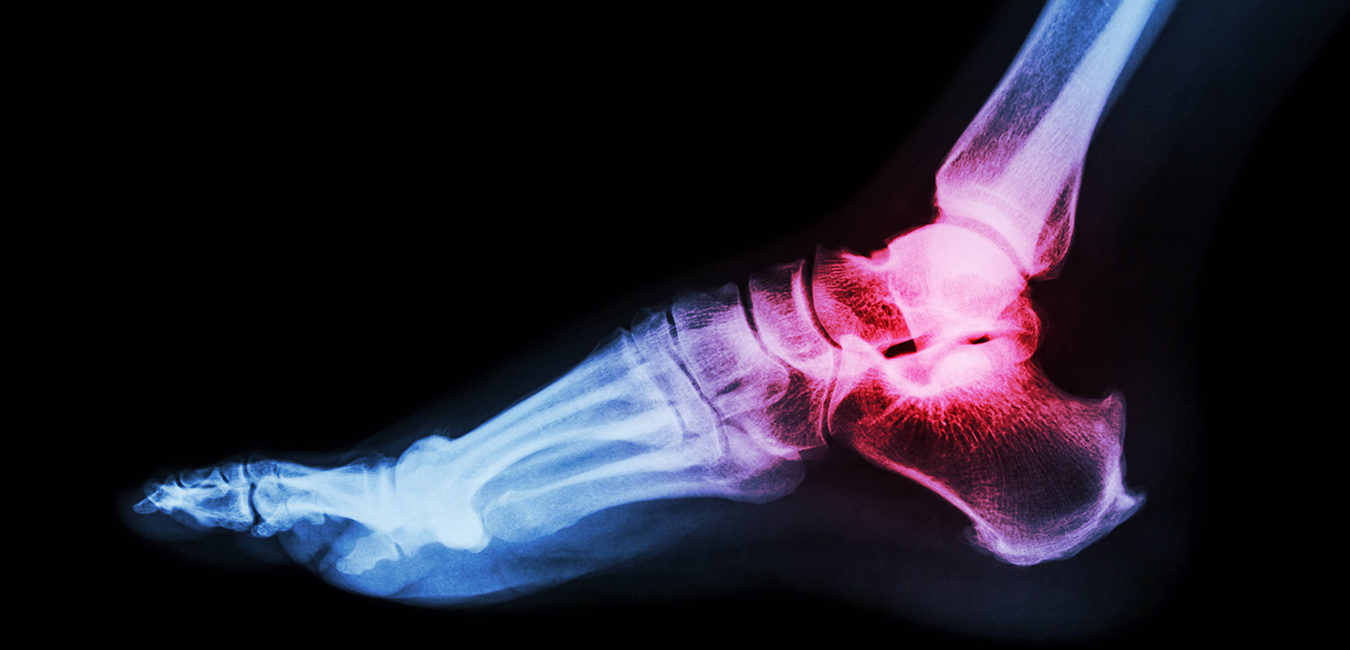For the 8 million Americans who suffer from gout, sudden and severe attacks of pain in the joints aren’t the only things to worry about. A new study in the Annals of Rheumatic Diseases shows that the majority of people presenting with this common form of arthritis are at a very high risk for cardiovascular disease and prevention tactics should be paramount. For Heart Health Month, we examine this connection.
Gout is caused by increased uric acid in the blood, which deposits crystals in the joints, sparking an inflammatory response—the same process that often leads to dangerous blood clots, triggering heart attacks and strokes.
In the study, from the Hospital General Universitario de Alicante in Spain, researchers examined 247 patients presenting with gout. They evaluated traditional risk factors for heart disease and used common risk prediction tools to stratify the patients according to their cardiovascular risk.
Some 142 patients not initially placed in the very high-risk category based on the standard assessments also had an ultrasound of their carotid arteries. Of these, researchers found, 46 percent had a build-up of fatty plaque. Based on the findings, patients with gout classified as being at very high risk for cardiovascular disease jumped from 40 percent to a whopping 68 percent.
The idea that gout might increase the risk for heart disease is not new. In a study tracking the health of more than 200,000 gout sufferers using data collected over several decades, researchers from the University of Oxford showed that having gout doubles the risk of experiencing a heart attack or stroke.
Together the data suggest that a gout diagnosis should raise a red flag for doctors and patients, prompting a push toward proven prevention strategies, such as a heart-healthy diet and regular exercise as well as a more comprehensive cardiovascular risk assessment process.
Cleveland HeartLab offers a number of inflammation tests that may help identify hidden cardiac risks. These include measures of F2-Isoprostanes (F2-IsoPs), which indicate oxidative stress often aggravated by poor lifestyle choices and oxidized LDL, which gauges damage due to “bad” LDL cholesterol.
Other tests—the ratio of microalbumin to creatinine (MACR) and ADMA (both markers of endothelial damage), and hsCRP (a general marker of inflammation)—suggest the possible presence of subclinical or previously undetected disease. The enzymes Lp-PLA2, and myeloperoxidase (MPO) are vascular specific enzymes and may warn of active disease processes.
These inflammation tests enhance traditional cardiovascular risk assessments, providing a fuller picture of gout patients’ heart health and increasing the chance that needed interventions will make a positive difference.

